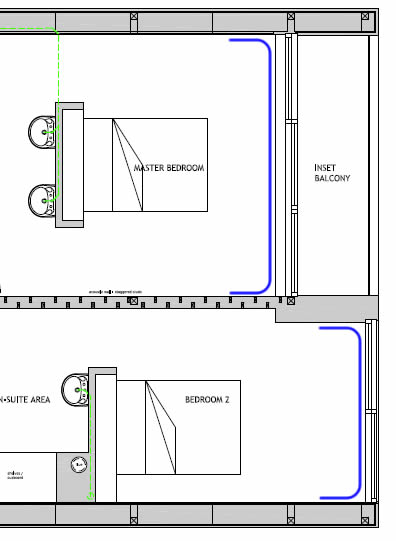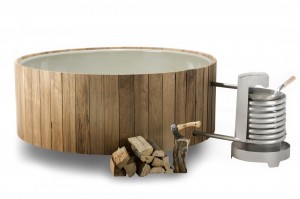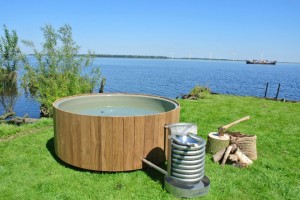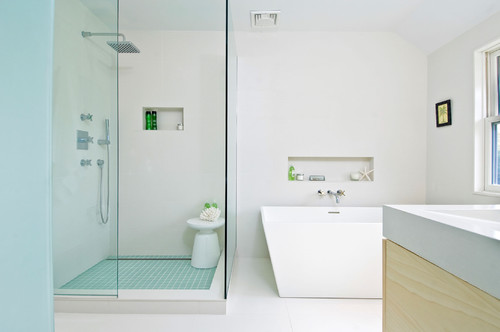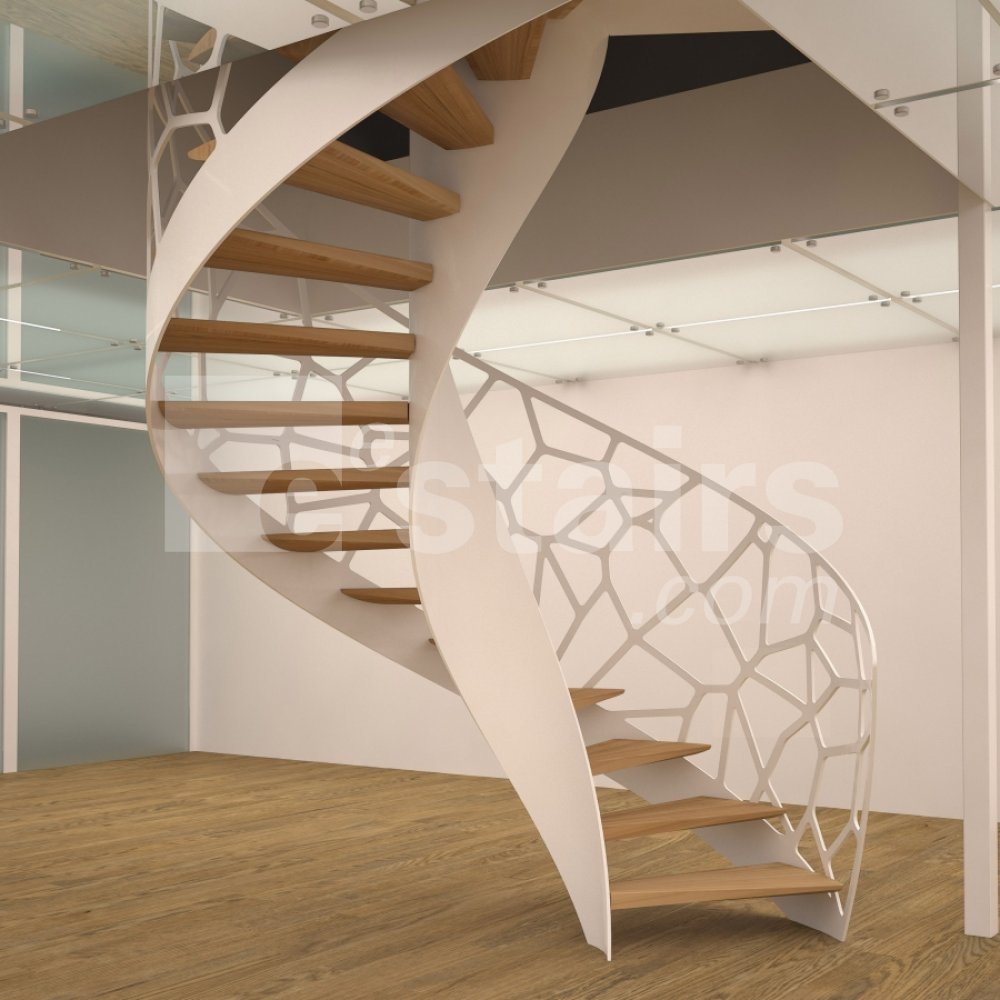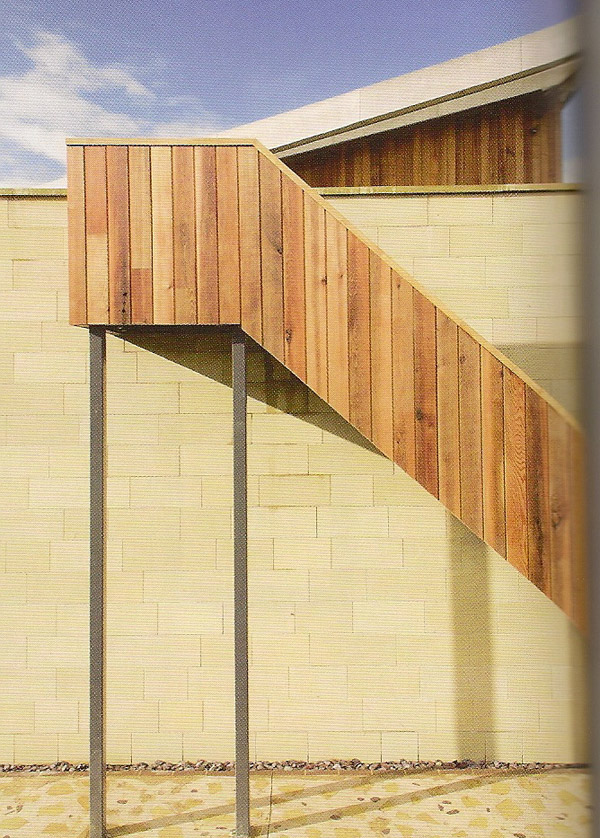I’ve been sent some info by Cernunnos Homes (“Renewable Energy specialists for the domestic & commercial sector.”) in praise of the ESP Ecocent system. Peter one of the Cernunnos founders has put this into his own house:
If you not decided on a hot water system – take a look at the ESP Ecocent.
No RHI (exhaust air source is not considered green)
Can be integrated with RegaVent MVHR system (so in the summer the Ecocent can cool the house by recycling the air from which heat extracted back through the ventilation system).
When I got back to them about this meaning that the MVHR system isn’t re-directing captured warmth from air being expelled from the house to the cold air being pulled back into the house, they replied:
“…. normal MVHR is transfering heat out to heat in.
However in the summer you want heat out and cold in, which is what the Ecocent delivers by cooling the air via the compressor.
In the winter we can either bypass (so extract and expel from the outside and leave the MVHR as a traditional system) however normally people either shower in the morning (before they go out to work), or in the evening (before they go out to socialise) or at end of night (when you want to let the temperature fall in the house). At these points (when the bathroom is over heated) the MVHR then kicks more heat back into the house when one would naturally be comfortable with it not recovering the heat to recycle to space heating, but there is a demand for water heating. So whilst either use (space or water) for the outgoing heat is an efficient use of that heat it can be argued that the water heating (with very low heat loss) is a slightly more efficient use of that heat! It is energy efficiency at the extremes, ie being efficient in the most efficient manner possible!

